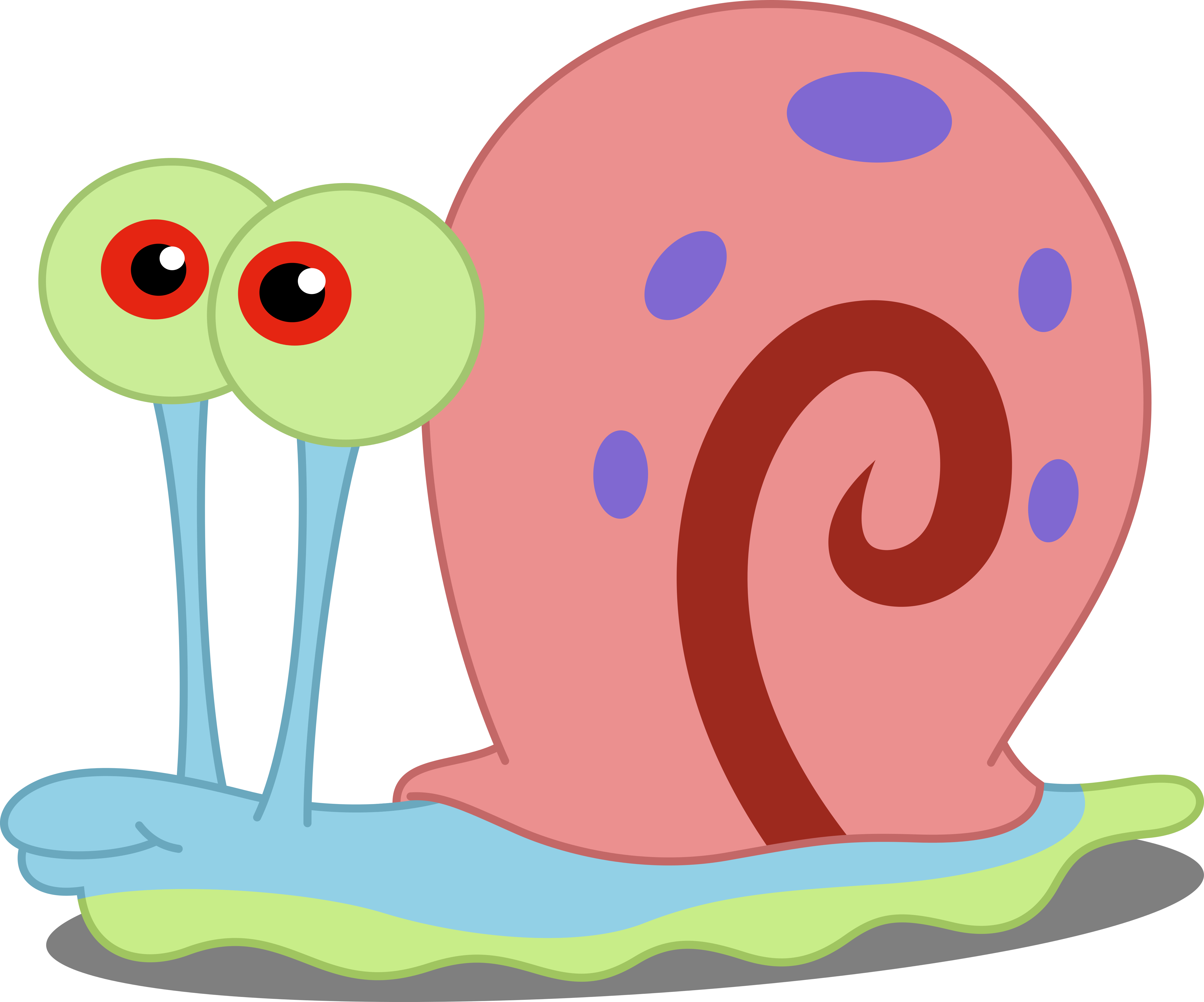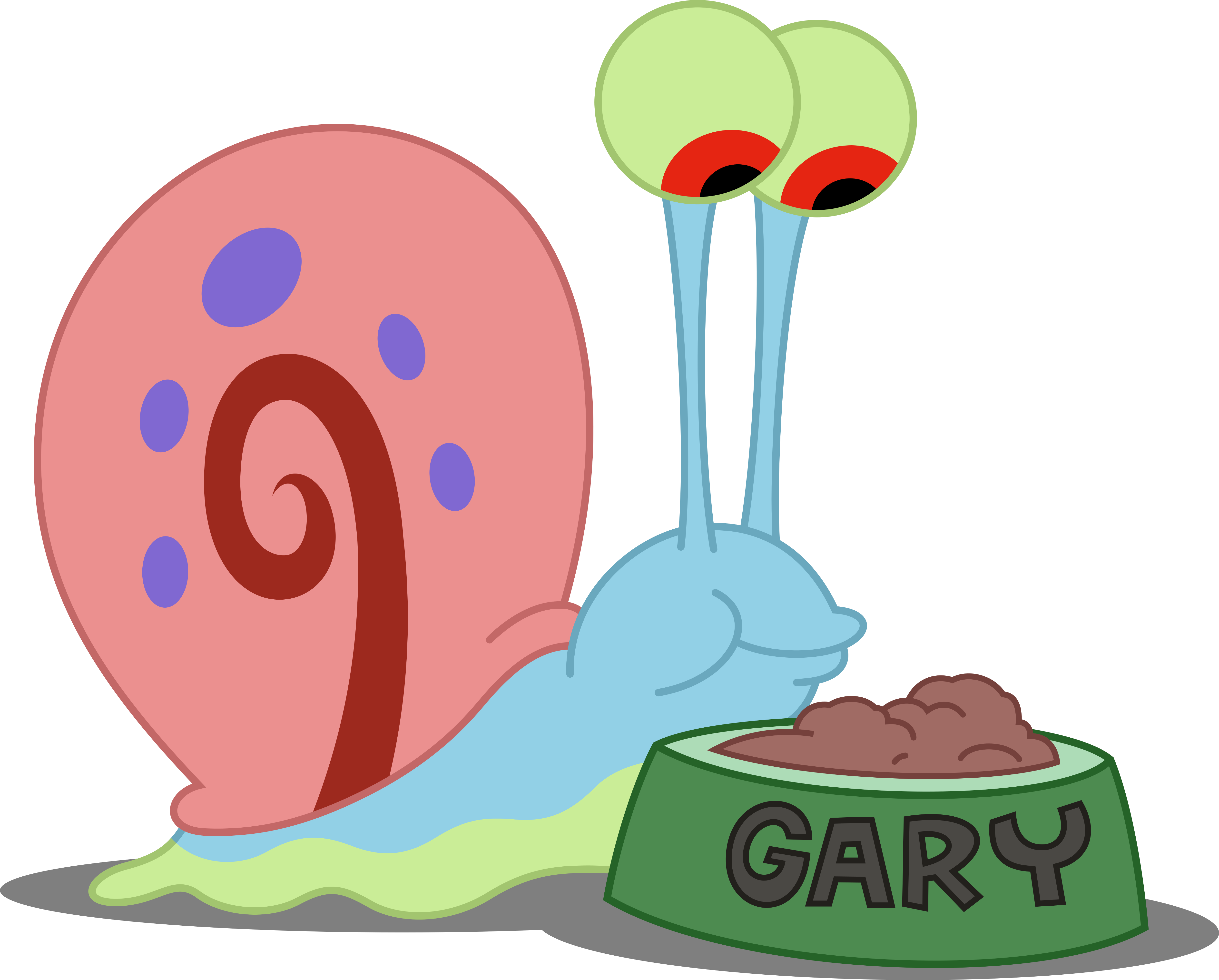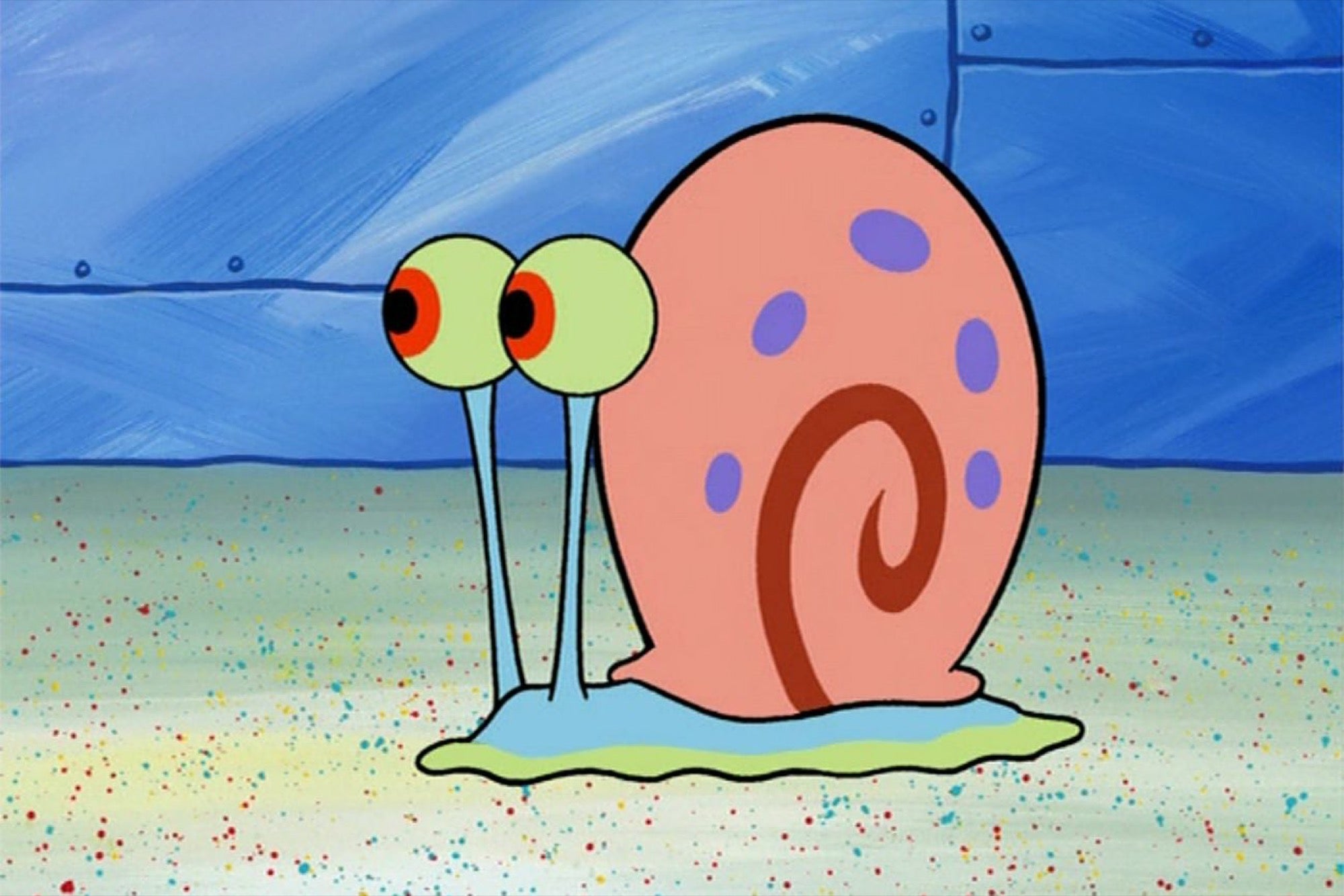Gary Oldman 1992: Unpacking His Iconic Dracula Performance
When we think about truly unforgettable characters on the silver screen, particularly those from the realm of gothic horror, one performance often springs to mind: Gary Oldman's portrayal of Count Dracula in Francis Ford Coppola's 1992 masterpiece. It's almost as if his very essence was poured into the role, creating a figure that was at once terrifying and deeply tragic. This particular film, you know, really brought a fresh take to a very old legend.
That year, 1992, was a significant moment for horror cinema, and a defining one for Gary Oldman's incredible range as an actor. He took on the titular role in "Bram Stoker's Dracula," a movie that, in some respects, aimed to return to the original, much richer source material of the novel itself. It wasn't just another vampire flick; it was a lavish, passionate, and visually stunning piece of art that truly stood out.
So, what made his Dracula so special? Well, it was a performance that seemed to stretch the very boundaries of what a character could be, moving from ancient, withered despair to youthful, seductive menace. This exploration of the character, too, really resonated with audiences, leaving a lasting impression that, even now, people talk about quite a lot.
Table of Contents
- A Masterful Turn in Gothic Horror
- Gary Oldman's Portrayal of Count Dracula
- Francis Ford Coppola's Vision
- The Enduring Legacy of Bram Stoker's Dracula (1992)
- Frequently Asked Questions About Gary Oldman's Dracula
A Masterful Turn in Gothic Horror
Francis Ford Coppola's 1992 gothic horror film, "Bram Stoker's Dracula," truly stands as a remarkable achievement in cinematic storytelling. It was a project that, apparently, aimed to be the definitive version of the classic vampire tale, going back to the roots of Bram Stoker's 1897 novel. The film brought together a truly impressive group of acting talents, including Gary Oldman, Winona Ryder, Anthony Hopkins, and Keanu Reeves, creating a visually rich and deeply emotional experience for viewers.
At the very heart of this cinematic endeavor was Gary Oldman, taking on the role of Vlad III Drăculea, who later became the iconic Count Dracula. His decision to star in the film, it seems, came from a deep connection to the character and the story. He really wanted to capture the essence of this ancient being, someone who had waited for centuries for a lost love to return. That kind of commitment, you know, really makes a difference in a performance.
The film itself, released by Columbia Pictures and reviewed on November 13, 1992, was a commercial success, grossing a significant $215 million against a $40 million budget. This financial success, in a way, just underscores the widespread appeal of the story and, particularly, the powerful performances within it. It showed that audiences were ready for a more intricate and passionate take on the vampire myth, something deeper than what they had seen before.
Gary Oldman's Portrayal of Count Dracula
Gary Oldman's performance as Count Dracula in the 1992 film is, quite honestly, nothing short of astonishing. He didn't just play a character; he seemed to embody the very spirit of the ancient vampire, showing a range that went from profound sorrow to terrifying fury. It's a portrayal that, in some respects, redefined how many people viewed the classic monster, adding layers of humanity and tragedy that were often overlooked in earlier adaptations.
His motivations for taking on such a challenging role were, apparently, quite personal. Oldman was keen to explore the deep emotional core of Dracula, understanding that the character wasn't just a creature of the night, but a being driven by an immense, centuries-old heartbreak. This approach, you know, allowed for a much richer and more complex characterization than typically seen in vampire films, making Dracula a figure to pity as much as to fear.
The look of Gary Oldman's Dracula, too, really pushed boundaries, going to delicious, terrifying extremes that were quite unique for previous iterations of the vampire. Yet, despite these unique visual choices, the performance maintained a consistent characterization, keeping the audience connected to the vampire's inner world. It was a delicate balance, and he pulled it off, quite literally, with incredible skill.
The Character's Deep Pain and Motivation
The heart of Gary Oldman's Dracula is, essentially, his profound and ancient pain. The story sets the stage with Prince Dracula, played by Oldman, having to leave his beloved bride, Elizabeta, portrayed by Winona Ryder, to fight a battle against invading Turks. This initial separation, you know, is the catalyst for everything that follows, painting a picture of a warrior prince deeply devoted to his home and his love.
A ferocious and pitched battle ensues, and Dracula's counteroffensive is a success, leaving many in the Turk army impaled on long spears on the battlefield. This act of brutal victory, however, comes at an unbearable cost. When Dracula returns home, he finds the tragic news that his great love, Elizabeta, has taken her own life, believing him dead. This moment of utter despair and loss is, arguably, the turning point for the character.
In that moment of profound grief, feeling utterly abandoned and betrayed, Dracula renounces God and, as a consequence, becomes a vampire. The text describes a scream of despair and pain that Coppola felt Oldman's vocals weren't quite up to delivering alone, highlighting the sheer depth of emotion required for that pivotal scene. It's a very powerful depiction of how love, when lost so tragically, can lead to such a monstrous transformation, making him dead to all the world, as the character himself might say.
Centuries later, this same Count Dracula waits, still longing for the return of his dead bride. His wait is finally rewarded, or so he believes, when he sees a photograph of Jonathan Harker's fiancée, Mina Murray, also played by Winona Ryder. The resemblance to his lost Elizabeta is uncanny, and this discovery reignites his ancient desires, setting the main plot of the film into motion. It’s a very powerful connection that drives his actions throughout the story.
A Visual Spectacle: Oldman's Metamorphosis
One of the most talked-about aspects of Gary Oldman's portrayal in "Bram Stoker's Dracula" is his incredible physical metamorphosis throughout the film. He truly embodies the character's journey from old to young, and from man to beast, in a way that is nothing short of amazing. This visual transformation, you know, was a key part of Coppola's vision for the character, allowing the audience to witness Dracula's ancient nature and his evolving forms.
Oldman donned a different look as the Count, departing from previous cinematic interpretations while still connecting to the consistent characterizations of the vampire legend. His appearance was often opulent and dazzling, contributing to the film's overall rich aesthetic. It was, in a way, Dracula as many had never seen him before – both terrifyingly monstrous and captivatingly elegant, sometimes within the same scene.
The film really emphasized the look of Gary Oldman's Dracula, pushing it to delicious, terrifying extremes. Whether he was the ancient, wizened count in his castle, or the younger, seductive figure in London, his physical presence was always commanding and unique. This commitment to the visual aspect of the character, too, made his performance even more impactful, creating a truly memorable and utterly irresistible vampire for the ages.
Francis Ford Coppola's Vision
Francis Ford Coppola, a renowned director, brought his unique artistic vision to "Bram Stoker's Dracula," making it a truly modern masterpiece. He was very clear about his approach, which involved returning directly to the original source of the Dracula myth – Bram Stoker's 1897 novel. This commitment to the novel's gothic romance, you know, allowed him to create a film that felt both classic and fresh at the same time.
Coppola's direction emphasized the visually stunning aspects of the story, creating a world that was rich in detail and atmosphere. The film is described as passionately seductive, a testament to his ability to blend horror with deep emotional resonance. He wasn't just making a scary movie; he was telling a grand, tragic love story wrapped in the guise of a horror tale. This focus on the source material, in a way, gave the film a profound depth.
The director worked closely with his cast to bring his vision to life, encouraging performances that were both intense and nuanced. His understanding of the original novel meant that the film explored themes of love, loss, and eternal damnation with a seriousness that elevated it beyond a typical genre piece. It's clear that Coppola wanted to create something truly special, and many would agree he succeeded, quite remarkably.
Returning to the Original Source
Coppola's dedication to the original Bram Stoker novel was, arguably, one of the defining features of the 1992 film. He felt it was important to go back to the very foundation of the Dracula myth, to capture the essence of the gothic romance that permeated Stoker's writing. This approach meant that the film explored the character of Dracula with a depth and emotional complexity that was often missing in earlier adaptations.
The story, as presented in the film, follows the novel's narrative closely, beginning with Vlad III Drăculea's tragic backstory and his transformation into the vampire. It then moves through Jonathan Harker's perilous journey to Dracula's castle in Transylvania, and the Count's subsequent pursuit of Mina Murray in London. This faithful adaptation, you know, allowed for a much richer tapestry of events and characters to unfold on screen.
By returning to the original source, Coppola was able to present Dracula not just as a monster, but as a figure driven by centuries of heartbreak and a desperate longing for love. This humanized aspect of the character, which is very much present in Stoker's novel, was brought vividly to life through the film's narrative and, particularly, through Gary Oldman's nuanced performance. It was a conscious choice to honor the literary origins, and it really paid off.
A Star-Studded Ensemble
The 1992 film "Bram Stoker's Dracula" boasted a truly star-studded cast, which, in a way, added another layer of appeal to Coppola's ambitious project. Having such talented actors come together for this gothic tale certainly raised expectations and, quite frankly, delivered on them. The ensemble included some of the most recognizable names in Hollywood at the time, each bringing their own unique flair to their respective roles.
Leading the charge, of course, was Gary Oldman as Dracula himself, delivering that incredibly transformative performance we've been discussing. Alongside him, Winona Ryder took on the dual roles of Elizabeta, Dracula's lost bride, and Mina Murray, the woman who resembles her centuries later. Her portrayal, too, really captured the innocence and strength needed for these pivotal characters, creating a compelling counterpart to Oldman's dark presence.
Anthony Hopkins stepped into the shoes of Professor Abraham Van Helsing, the seasoned vampire hunter. His performance brought a gravitas and intellectual intensity to the role, making him a formidable adversary for the Count. And then there was Keanu Reeves as Jonathan Harker, the young solicitor whose journey to Transylvania sets much of the story in motion. The film, you know, also featured other notable actors like Richard E. Grant, Cary Elwes, Billy Campbell, Sadie Frost, and even Tom Waits, each contributing to the rich and detailed world Coppola created. This gathering of talent, quite honestly, made the film a cinematic event, a very special one indeed.
The Enduring Legacy of Bram Stoker's Dracula (1992)
Francis Ford Coppola's "Bram Stoker's Dracula" from 1992 has, apparently, left an indelible mark on the landscape of horror cinema and, indeed, on the broader cultural imagination. It's a film that continues to be discussed and celebrated today, showing just how powerful its impact was. The movie's unique blend of gothic romance, terrifying visuals, and profound emotional depth has given it a lasting appeal that transcends its genre.
The film's financial success, grossing $215 million on a $40 million budget, was a clear indicator of its immediate popularity. But its true legacy, in some respects, lies in how it reinterpreted a classic story for a new generation, proving that there was still much to explore within the well-trodden vampire myth. It demonstrated that a horror film could also be a work of art, with intricate costumes, stunning sets, and deeply felt performances.
Gary Oldman's performance, in particular, remains a benchmark for acting in the horror genre. His ability to convey centuries of pain, rage, and longing, while undergoing remarkable physical transformations, is still admired by critics and audiences alike. It's a role that, quite literally, cemented his status as a versatile and fearless actor, someone who was willing to push boundaries to embody a character fully. You can learn more about the enduring impact of Bram Stoker's original novel and its many adaptations by visiting this resource: Dracula by Bram Stoker.
The film's influence can still be felt in how subsequent vampire stories are told, often looking back to Coppola's version for inspiration on tone, visual style, and character depth. It's a testament to the fact that when a classic tale is approached with such passion and artistic integrity, its power can truly resonate across decades. For those who love film, and especially those who appreciate powerful acting, "Bram Stoker's Dracula" (1992) is, quite simply, a must-watch, a very compelling experience. Learn more about classic horror films on our site, and perhaps you'd like to explore other iconic performances from the 90s.
Frequently Asked Questions About Gary Oldman's Dracula
People often have questions about Gary Oldman's remarkable performance in the 1992 film, and that's understandable given how impactful it was. Here are some common queries that, you know, tend to pop up.
Who played Dracula in the 1992 film?
Gary Oldman played the titular role of Count Dracula in Francis Ford Coppola's 1992 film, "Bram Stoker's Dracula." He truly embodied the character, bringing a complex mix of ancient evil and profound sadness to the screen. It was, arguably, one of his most iconic performances, very memorable indeed.
What was Gary Oldman's motivation for playing Dracula in 1992?
Gary Oldman shared his motivations for starring as the titular character, indicating a deep desire to explore the Count's inner world and his centuries-long wait for his dead bride. He wanted to convey the character's despair and pain, making him a figure driven by immense loss. That kind of emotional depth, you know, was very important to him.
How was Gary Oldman's Dracula different from previous versions?
Gary Oldman's Dracula in the 1992 film was unique in its visual extremes and his incredible metamorphosis from old to young, and from man to beast. While connected through consistent characterizations, his look was distinct, offering a fresh, opulent, and terrifying take on the vampire that was utterly irresistible to audiences. It really stood out from what had come before, quite dramatically.

Vector #674 - Gary #2 by DashieSparkle on DeviantArt

Vector #672 - Gary by DashieSparkle on DeviantArt

Elon Musk Introduces His Pet Snail 'Gary' at an L.A. Event to Tout His